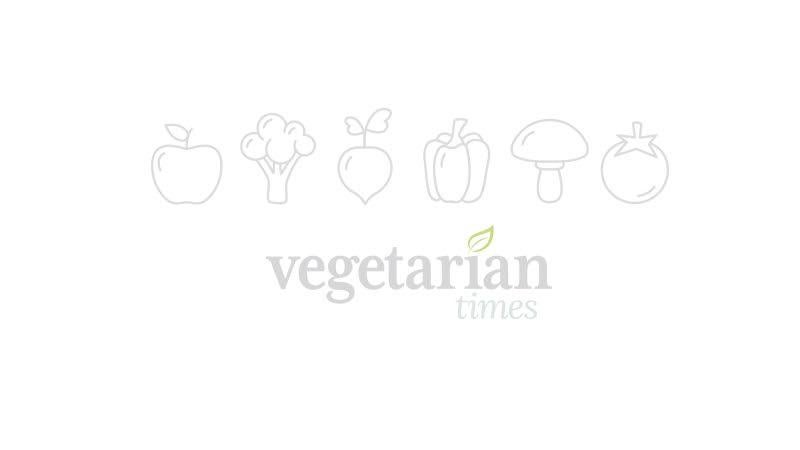Supermarket Explorer: Gai Lan


Perhaps the biggest cultural shock I experienced when I first moved to France was the kale—or, more specifically, the lack thereof. Before The Kale Project came along and changed the edible landscape of Paris’ outdoor markets, there wasn’t anything particularly kale-ish to be found beyond the usual cabbage and occasional bundle of collard greens. Then I discovered gai lan.
Gai lan (sometimes spelled kai lan) is often referred to as “Chinese kale” or “Chinese broccoli.” Whatever name you choose to call it will be relatively accurate; the greens are in the same family as both kale and broccoli, and they offer the best qualities of each. You can expect an impressive nutritional profile and a mild, pleasant taste. A staple at Asian grocery stores, gai lan is usually found sandwiched somewhere between the bok choy and Napa cabbage, and is identifiable by its thick stalks, deep green leaves, and tiny, broccoli-like flowers.

Like its green siblings, gai lan offers culinary versatility, and adapts well to recipes outside the Asian spectrum. While there’s no denying the delicious simplicity of wok-fried gai lan with a healthy dose of garlic and red pepper flakes, I also like to chop it up and add it to tomato-based soups, toss it into veggie pot pies, and even push a few stalks through the juicer when making a green drink.
This recipe, which harkens back to the cruciferous veggie’s traditional Chinese roots, showcases gai lan’s crunchy texture and mild flavor. Try it as an accompaniment to steamed rice or sautéed noodles.

——-
Aurelia d’Andrea’s passion for travel is deeply intertwined with her love of food. Whether in Perth, Prague, or Phnom Penh, she always gravitates toward local markets in search of edible treasures, and takes pleasure in recreating tasty travel memories at home in her tiny Parisian kitchen.